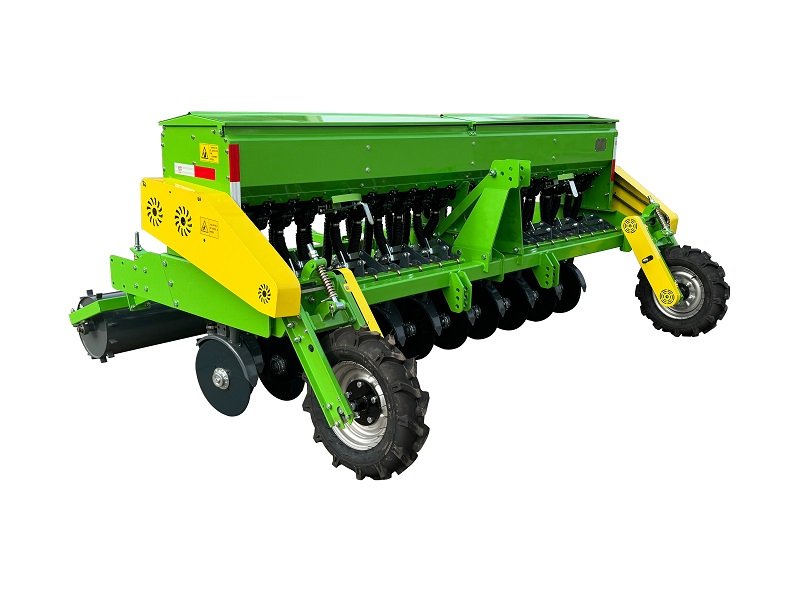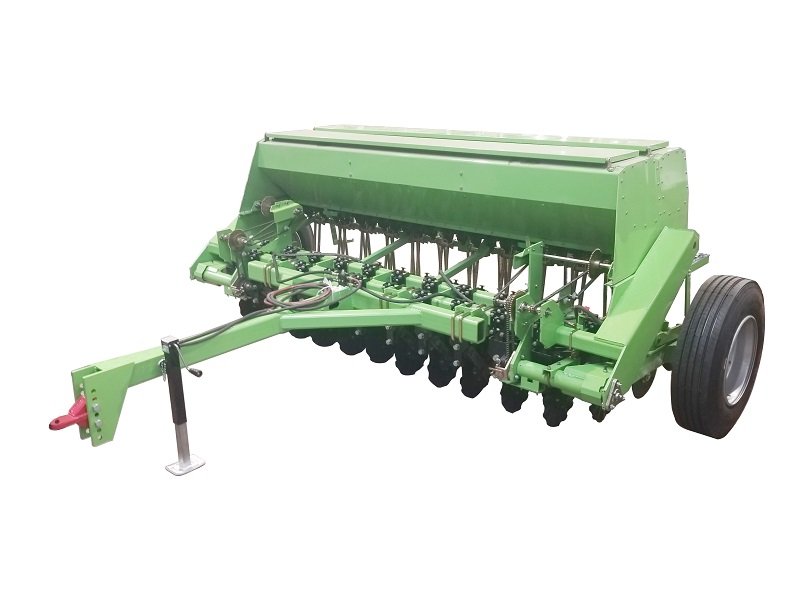The decision between pull-type and mounted seed drills depends on factors like field size, tractor capacity, and farming practices. Here’s a breakdown of each:


Mounted Seed Drills:
- Attachment: These are mounted directly on the tractor’s three-point linkage.
- Capacity: Usually smaller in capacity than pull-type drills, making them more suited for smaller farms.
- Size: More compact and often easier to maneuver in smaller or more irregular fields.
- Maneuverability: Better suited for fields with obstacles, headlands, or small parcels.
- Cost: Typically less expensive than pull-type drills.
- Common Use: Ideal for small to medium-sized farms, offering more flexibility.
Pull-Type Seed Drills:
- Attachment: These are towed behind a tractor, not directly attached to it.
- Capacity: Typically have a larger seed and fertilizer capacity, making them ideal for larger farms.
- Size: Can be bigger, offering wider working widths (more rows).
- Maneuverability: Due to their size and being towed, they may not be as nimble in smaller or more irregular fields.
- Cost: Generally more expensive due to their size and complexity.
- Common Use: Best for large-scale commercial farming where efficiency and higher capacity are essential.
Which to Choose?
- For Larger Fields: If you’re working with larger fields and need higher capacity, a pull-type seed drill might be the better option.
- For Smaller or More Complex Fields: If maneuverability and a compact design are important, a mounted seed drill is likely a better choice.
If you’re looking for efficiency and flexibility, especially in smaller areas, mounted drills might be best. For large-scale operations where speed and capacity matter, pull-type seed drills would be the way to go.